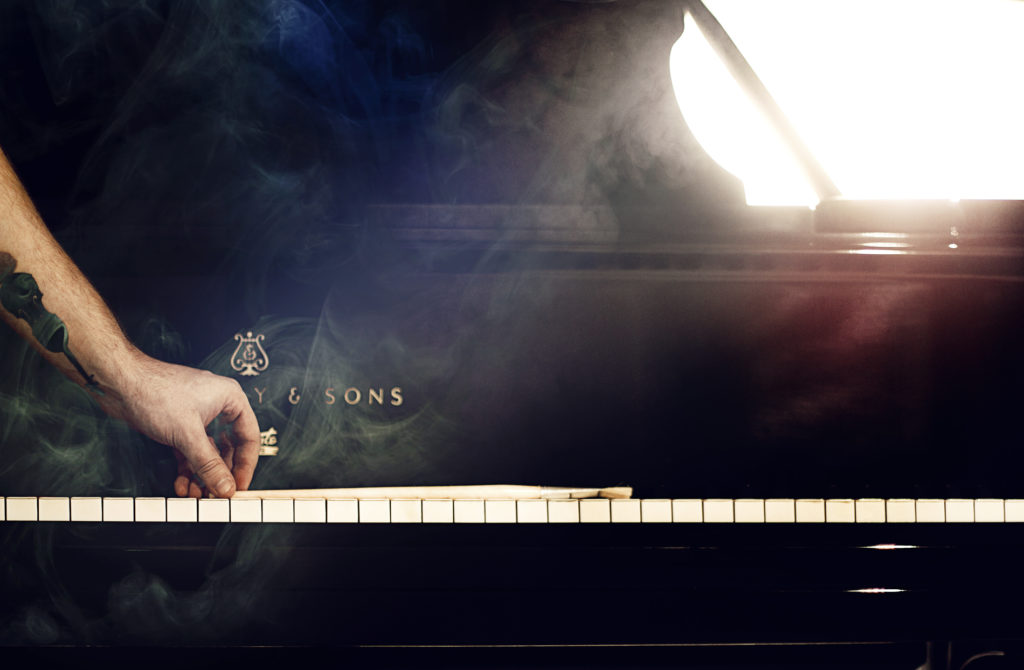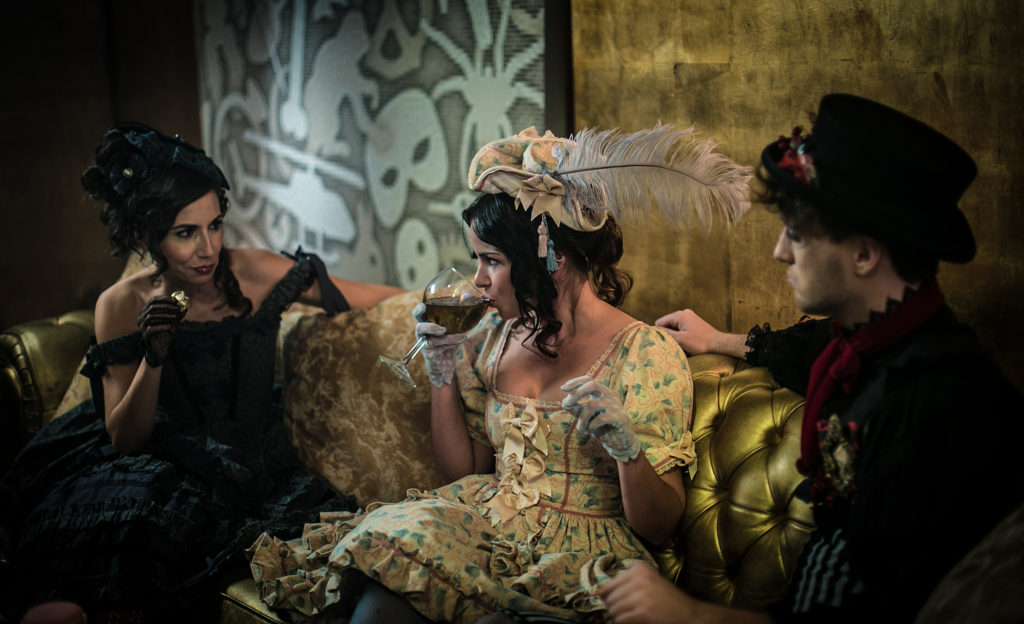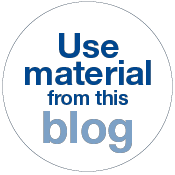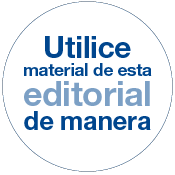1: FASHION, CINEMA AND… SCENTS!
My name is Miguel Ángel Font Bisier and I am a Spanish film director, scriptwriter and a researcher.
Although I started my art career playing the violin for 20 years, I have always been in love with the Seventh Art, and here is one of the biggest reasons why:
Cinema is the only craft that is able to incorporate all the other six arts -architecture, sculpture, painting, music, dance and poetry/literature. Therefore, I am able to intertwine a variety of diverse techniques and disciplines in my works, in order to look for the best way to share my stories with the audience.

I have worked for many different clients and brands, but I will only tell you about the projects which I create and finance independently; the ones that really help to improve my voice as a creator and an artist.
So here is my story. It all started in 2010.
–FIRST STEPS-
After years of study and experimentation, I came up with Eiénesis – In search of light; a script that combined the world of fashion with the world of cinema. I found out that this was already a format that had been recently trending internationally: Fashion film.
Given that in Spain there were almost no such projects, I became one of the first directors to dive into this realm of work.

Later, in 2012, I combined fashion film with other genres and formats that were of my interest: Horror, fantasy, video-art, music videos…

-XMILE-
In 2013, I wrote XMILE, a science fiction/fashion short film.

What was this short about? Let us have a look.
“Year 2184. The Earth no longer produces oxygen. BioApps, created by a corporation, become the norm… body implants that allow humans to survive in Nature’s new order. Although the Apps were designed to save us, they have become marketing tools that slowly trap our humanity.
In this new world, what is the true cost of a real smile?”

We started the production in 2014 by looking for a fashion designer who agreed to create an entire fashion collection for the project. The plan was to use this collection not only as one of the main attractions of the film, but to show it after the screening of XMILE.
XMILE was shot in November 2014.
-OLORAMA-
A few months later, I got a call from my old university teacher. He wanted to introduce me to the CEO of a company from my city Valencia: Olorama.

So, what does Olorama do? They create smell experiences in VR games, events and film theatres.
And, why did they contact the university? They were looking for audio-visual projects to add smells to, and XMILE seemed like a perfect candidate.
We pitched our project to them and they thought it was a very challenging choice because XMILE was still in postproduction.
This means that they were invited into the process at a stage of, let us say, 75% completion, so they had the freedom to be creative, which was something new for them. They were accustomed to getting on board when everything else was already completed. Which, as I will elicit later on, is a very common problem in most fields that require creativity.








